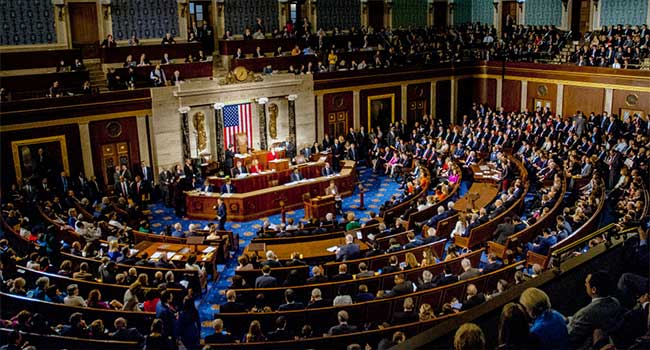
Securing the State of the Union Address
Several agencies work together to create a comprehensive security plan to protect the State of the Union.
- By Sydny Shepard
- Feb 05, 2019
A topic of great concern thus far in 2019 has been President Donald Trump's State of the Union address. Amid the country's longest government shutdown in history, were concerns from the House Speaker, Nancy Pelosi, that the address might not be properly secured if it were to go as planned despite the federal shutdown.
Any and all doubts of the security of the address have since been debunked by the agencies in charge of securing the event where the President, his Cabinet, members of Congress, military leaders, top diplomats and Supreme Court justices will all be in the same place at the same time for the world to see.
The speech, which is set for tonight, would have been properly secured even if it had moved forward in the midst of the shutdown, according to law enforcement officials, because of the months of planning that lead up to the televised event.
Long before the speech, a steering committee is formed to explore the best way to secure the event. The Secret Service works with U.S. military, parks and local police, Capitol police, emergency management experts and the FBI to produce a security plan. There are 19 subcommittee on areas like crowd management, intelligence and counterterrorism, traffic and crisis. Each subcommittee contains experts across law enforcement.
These teams run drills and perform tabletop exercises, running through potential disasters and pore over the report from the previous year to see how they can improve. Analysts comb through social media for signs of threatening behavior and monitor world events to help inform how security should be tailored for the event, according to an article by the Associated Press.
The event itself poses a unique security challenge. Since it is the same every year, people—even bad actors—know what to expect. There are only so many ways law enforcement can vary traffic patterns, arrivals and departures.
"You have to be creative," Wes Schwark, assistant to the special agent in charge of the Dignitary Protective Division told the AP. "You try not to stick our head out in the same place twice."
The day of the event is full of sewing for threats, closing down streets, checking metro stations and monitoring the arrival of politicians. Once inside the building, the president and his entourage are held in a room on the House floor until they make their appearances in the House Chamber in order to limit the amount of movement.
The Capitol Plaza is locked down and those inside are also limited from moving around the building. Counter-sniper teams with long-arm rifles perch on rooftops, bomb-sniffing dogs, uninformed officers and plainclothes agents patrol the area with laser focus.
Despite the planning and heavy security, there is always one Cabinet member in the line of presidential succession, and at least one Supreme Court justice, that are kept away from the House Chamber in case of a disaster. This is a traditional process.
"Given their public profile, National Special Security Events are potentially attractive targets for malicious actors who may seek to hurt attendees or incite fear into our way of life," said Homeland Security Secretary Kirstjen Nielsen. "DHS, our component agencies and federal partners work tirelessly to secure the State of the Union."
About the Author
Sydny Shepard is the Executive Editor of Campus Security & Life Safety.